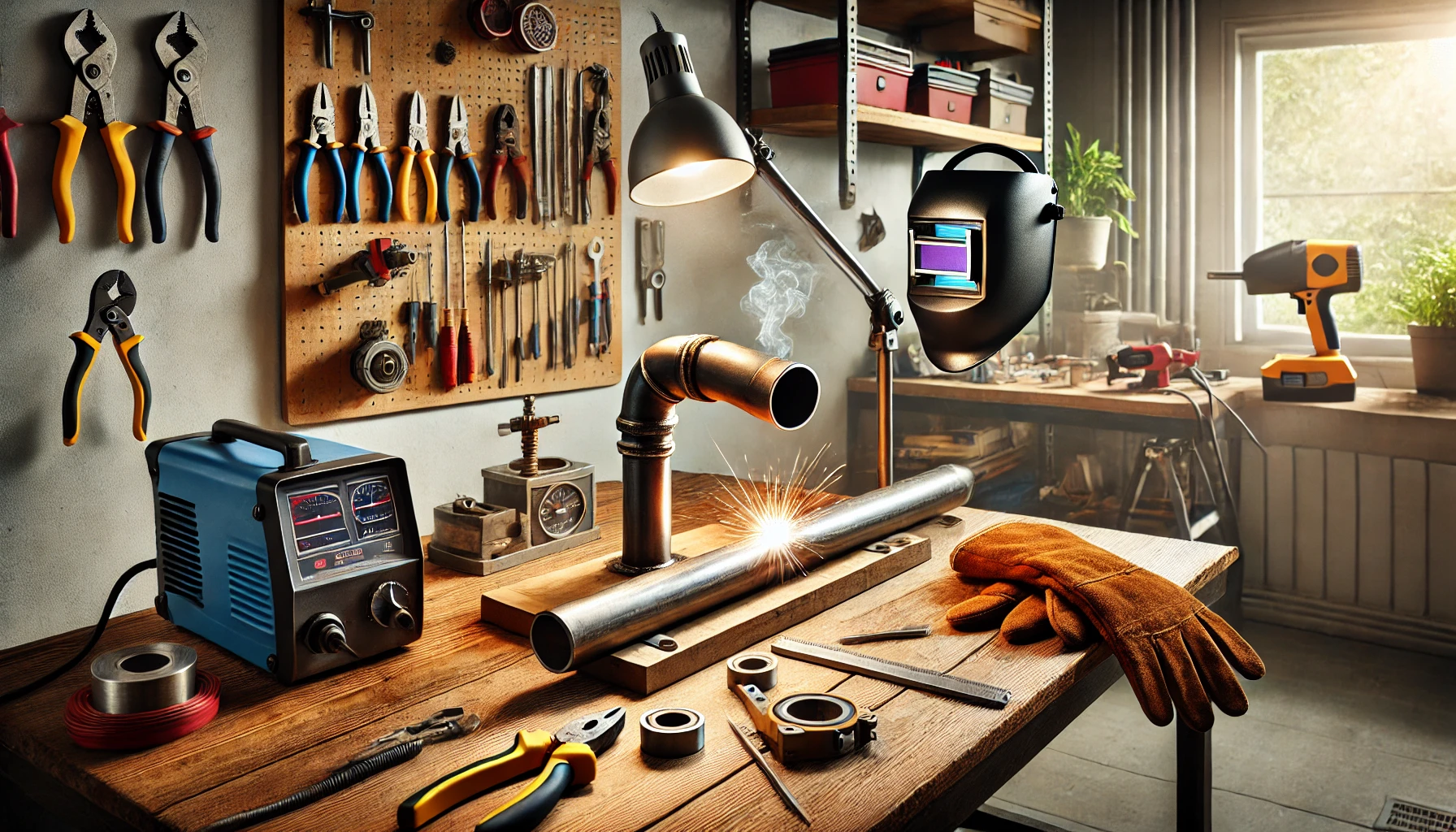Welding a 90-degree bend is an important skill that will come in handy when creating or repairing pipelines for water, gas or heating systems. You can perform this task yourself, even at home. In this article, we will tell you in detail how to make a 90-degree bend with your own hands, what tools you will need, and how to avoid mistakes.
Tools and materials
You will need:
1. Pipe of appropriate diameter and material (steel, copper, plastic).
2. An angle grinder (grinder) with a cutting-off wheel.
3. Welding machine (inverter or transformer).
4. Welding electrodes or wire (depending on the pipe material).
5. A tape measure and a construction angle.
6. Marker or chalk.
7) Personal protective equipment (mask, gloves, goggles).
8. Clamps or clamps for fixing the pipe.
Preparation for welding
Determine the dimensions of the bend. Calculate the length of the pipe segments that will form the 90-degree angle. Typically, a bend consists of two or more parts connected at an angle. If you are not sure of the calculations, use ready-made templates for marking.
Marking the pipe. Use a tape measure and a marker to mark the cut points. Use a construction angle to get the exact angle. Note that the length of each pipe section must be the same. The markings must be clear and accurate to avoid errors during welding.
Cutting. Carefully cut the pipe into segments at a 45-degree angle. It is best to use a grinder for this purpose. Make sure that the edges of the cuts are smooth and even, as this affects the quality of the weld.
Finishing the cuts. After cutting, remove any burrs or irregularities with an abrasive disc or file. This will ensure that the parts fit snugly and are securely joined.
Welding process
Assemble the structure. Lay the pipe segments on a flat surface so that they form a 90-degree angle. Use clamps or special clamps for fixing. This will help maintain the correct position of the parts during welding.
Spot welding. Before starting the main weld, tack weld in several places. This will ensure a secure joint and prevent the parts from moving.
Basic welding. Pass the weld along the joints. For steel pipes, electrodes of the MR-3 brand or similar are most often used. Try to cook evenly to avoid defects. If you use welding for plastic pipes, choose the appropriate method and tool.
Inspect the weld. After welding is complete, inspect the weld. It should be smooth, free of cracks and gaps. If necessary, grind it to remove any defects.
Final steps
Cleaning. Remove slag and welding spatter with a metal brush. This will improve the appearance of the weld and facilitate further processing.
Check for leaks. If it is a liquid or gas pipeline, perform a leak test. Close one end of the pipe, fill it with water or pressurised air and check for leaks. This is especially important for gas and heating systems.
Painting. Apply a coat of primer and paint to protect against corrosion. This will extend the service life of the pipe and improve its appearance.
Tips and tricks
If this is your first time welding, practice on unnecessary lengths of pipe.
Only use tools that are in good working order and have been tested.
Observe safety precautions: welding work requires care and protection against burns.
For plastic pipes, use special fittings and heat welding methods.
Welding a 90-degree bend is a task that requires patience and accuracy. By following the steps described above, you can create a high-quality connection without needing to call in the help of professionals. Step-by-step instructions, correct calculations, and safety precautions will help you achieve excellent results.

